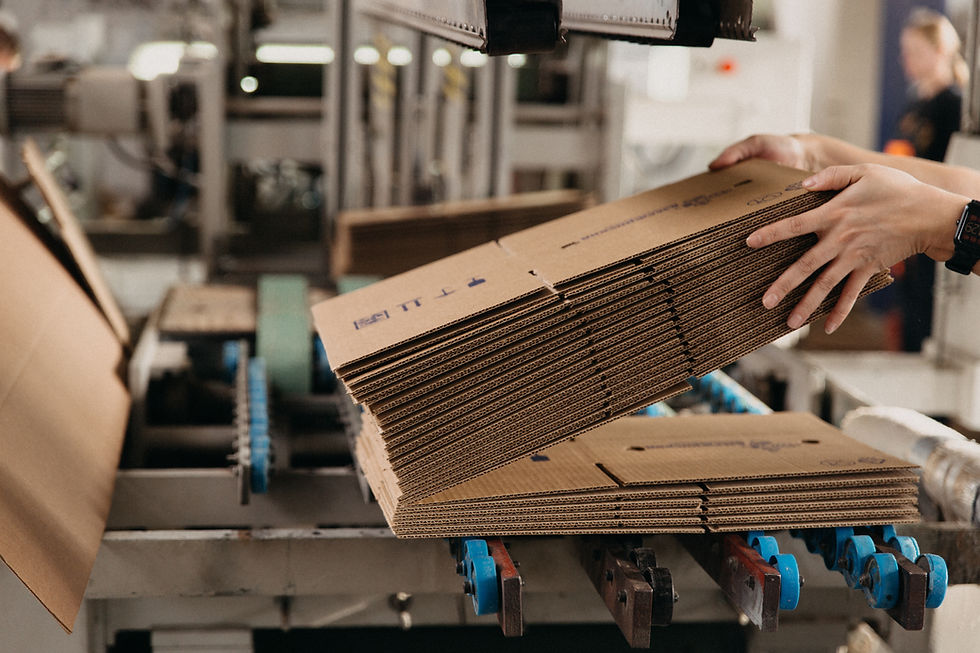
Introduction
Packaging plays a crucial role in the manufacturing and retail industries, ensuring that products are protected, preserved, and presented effectively. With a wide variety of packaging materials and methods available, selecting the right solution for a specific product can be challenging. In this article, we will explore the different types of packaging materials and methods, helping buyers make informed decisions when choosing packaging solutions for their products.
1. Paper and Cardboard Packaging
Pros:
Lightweight: Paper and cardboard packaging is lightweight, reducing shipping costs and making it easy to handle.
Recyclable: Most paper and cardboard materials are recyclable, contributing to a reduced environmental impact.
Customizable: Paper and cardboard packaging can be easily printed with logos and designs, offering excellent branding opportunities.
Cons:
Limited Durability: Paper and cardboard packaging may not provide sufficient protection for heavy or fragile items.
Susceptibility to Moisture: Paper and cardboard materials can be susceptible to moisture, potentially compromising the product's integrity.
2. Plastic Packaging
Pros:
Durability: Plastic packaging offers excellent durability and protection for a wide range of products.
Versatility: Plastic materials can be molded into various shapes and sizes, allowing for a high degree of customization.
Lightweight: Like paper and cardboard, plastic packaging is lightweight, reducing shipping costs.
Cons:
Environmental Impact: Plastic packaging can have a significant environmental impact, as many plastic materials are non-biodegradable and contribute to pollution.
Potential Health Concerns: Some plastics can release harmful chemicals, raising concerns about their impact on consumer health.
3. Glass Packaging
Pros:
Chemical Resistance: Glass packaging is resistant to chemicals, making it ideal for storing sensitive products, such as pharmaceuticals and cosmetics.
Reusable and Recyclable: Glass containers can be easily reused and recycled, reducing waste and environmental impact.
Cons:
Fragility: Glass packaging is more fragile than plastic or cardboard, increasing the risk of breakage during transportation.
Weight: Glass packaging is heavier than other options, which can increase shipping costs and make handling more challenging.
4. Metal Packaging
Pros:
Strength and Durability: Metal packaging offers exceptional strength and durability, providing excellent protection for a variety of products.
Barrier Properties: Metal containers can provide an effective barrier against light, air, and moisture, preserving product quality.
Cons:
Weight and Cost: Metal packaging is generally heavier and more expensive than other materials, increasing shipping costs and potentially affecting profit margins.
Limited Customization:
While metal packaging can be printed with logos and designs, customization options may be more limited compared to other materials.
5. Biodegradable Packaging
Pros:
Eco-Friendly: Biodegradable packaging materials break down naturally, reducing waste and minimizing environmental impact.
Consumer Appeal: Eco-conscious consumers may be more likely to choose products packaged in biodegradable materials.
Cons:
Limited Durability: Some biodegradable packaging materials may not provide the same level of protection as traditional materials, such as plastic or glass.
Higher Costs: Biodegradable packaging materials can be more expensive than traditional options, impacting overall production costs.
Conclusion
Selecting the right packaging solution involves weighing the pros and cons of various materials and methods, considering factors such as cost, durability, environmental impact, and consumer preferences. By understanding the advantages and disadvantages of different packaging options, buyers can make informed decisions that align with their product requirements and brand values.



Comments